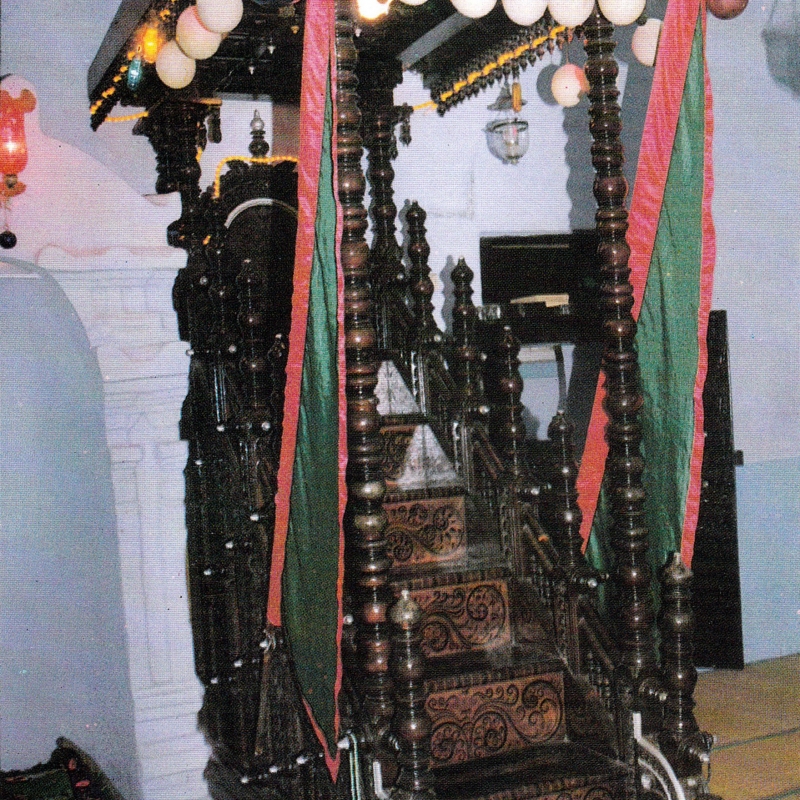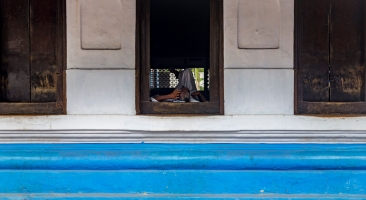In Kerala, mahal (mahallu in Malayalam) commonly refers to the local unit of Islamic social organisation, with a Cathedral Mosque (Juma Masjid) at the pivotal position. The origins of this organisational structure are not clearly known as there is little evidence regarding the communal life in Muslim settlements from the early periods. Though the Muslims had a congregational life wherever they settled, it did not result in a mahal or mohalla life till later. As traders and business people, they received lands from local chieftains and rulers on a reciprocal basis intending mutual growth. Hence, the rulers enabled the establishment of several mosques and sustained their functioning. This module traces the history of the mahals in Malabar that marks a particular way of religious, social and cultural organisation of the Muslim community in the region. Two significant mosques in the area are documented, the Odathil Palli of Thalassery and the Mishkal Palli of Kuttichira, Calicut with regard to their architectural peculiarities, historical context and place in contemporary social life.
Prof. E. Ismail
Former Head of the department of History at Sir Syed College, Kannur University, Prof. E. Ismail has multiple publications in English and Malayalam, and was awarded the fellowship of Maulana Abul Kalam Azad Institute of Asian Studies, Kolkata. Currently, he works with the Malabar Institute of Research and Development based in Vadakara, Calicut.



